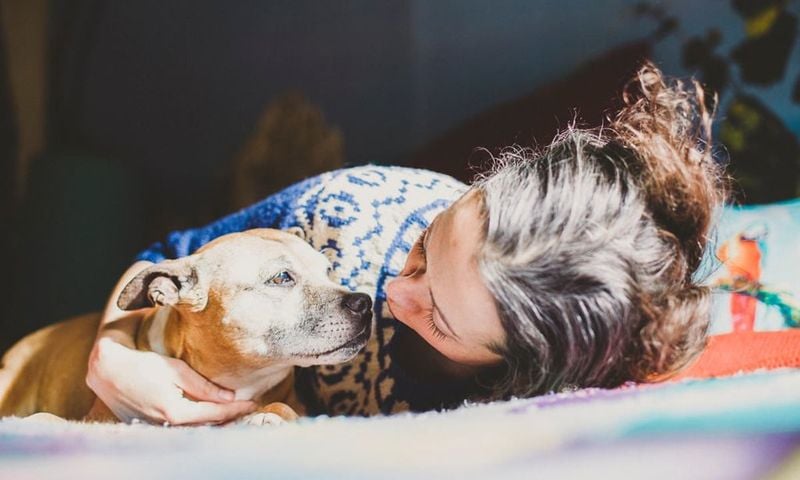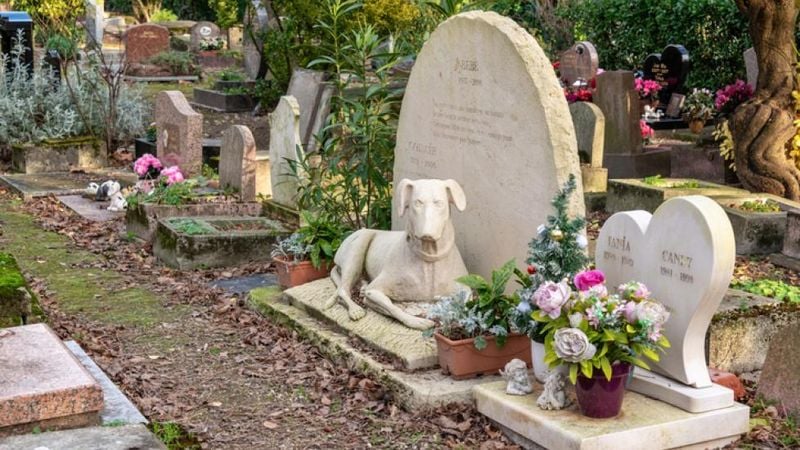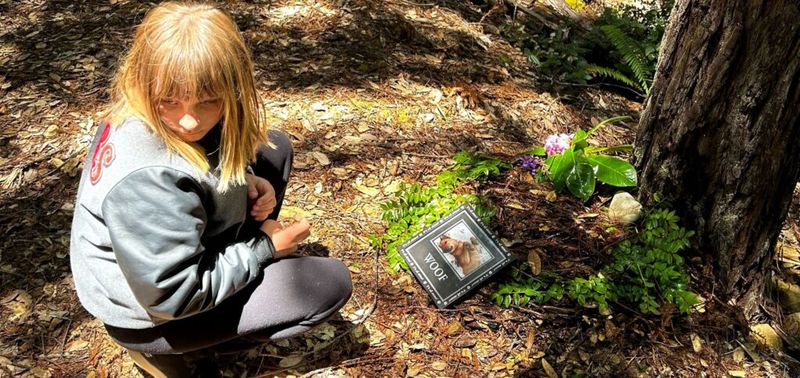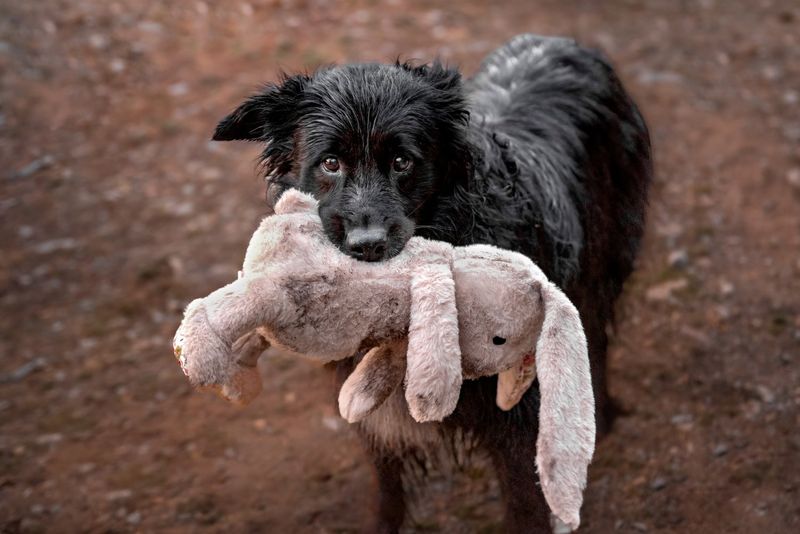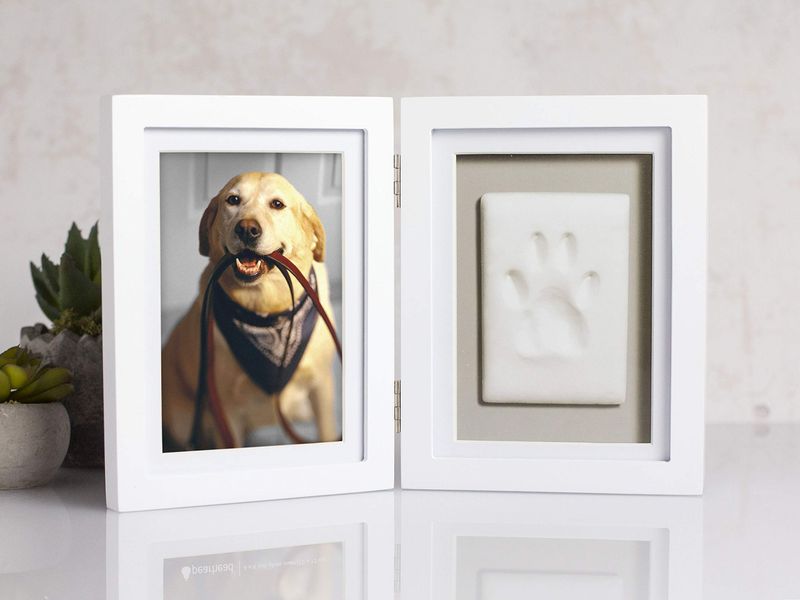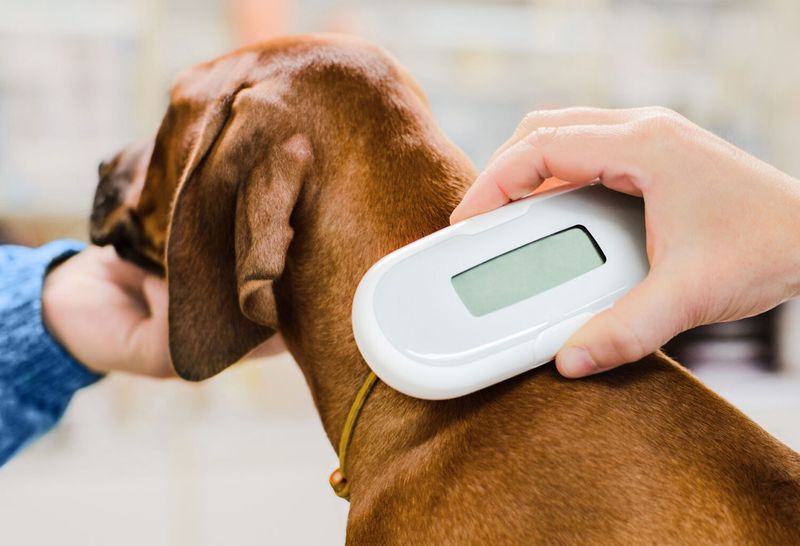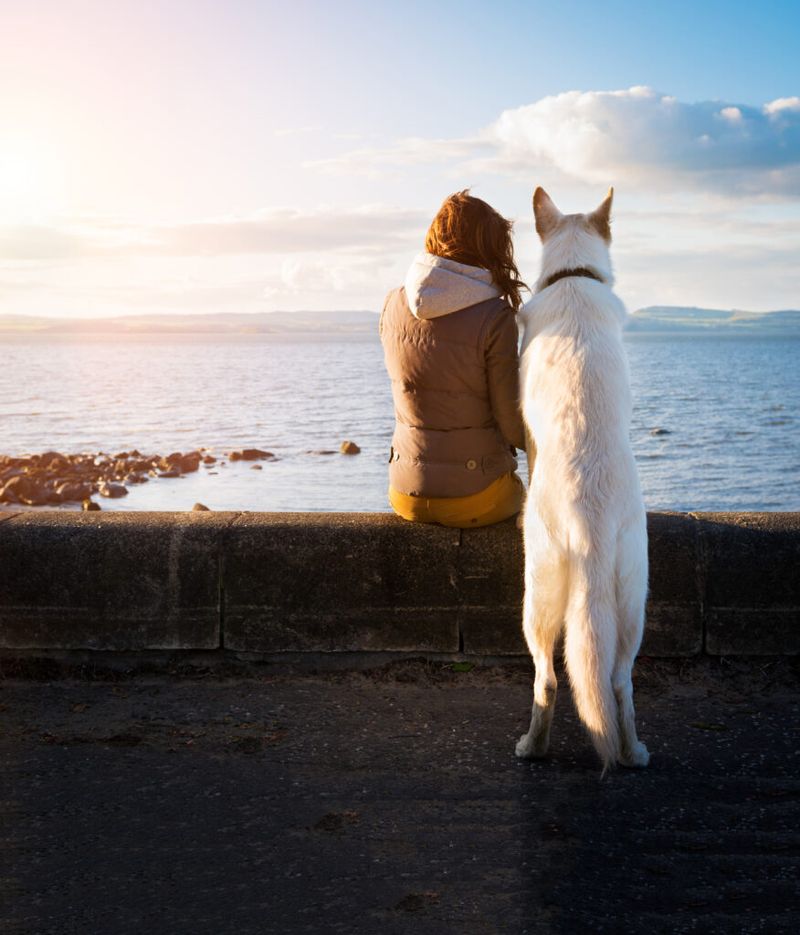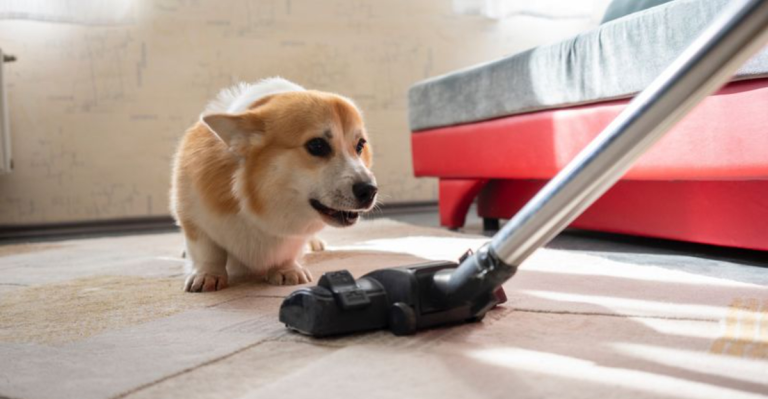What to Do When Your Dog Dies at Home: 15 Things Every Owner Needs to Know
There’s no easy way to say goodbye to a dog who’s been your loyal companion, your silent therapist, your tail-wagging shadow.
Whether you had years together or just a fleeting season, losing a pet at home can feel both deeply personal and incredibly overwhelming.
And in those first few moments, you’re not just mourning — you’re suddenly responsible for what happens next. It’s a surreal kind of heartbreak — one minute they’re curled up peacefully, the next, the room feels too quiet, too still.
There’s no manual handed to you when this happens. No emergency contact card that walks you through how to honor them, what steps to take, or how to manage the emotional storm rolling in.
That’s why it’s so important to have some kind of guidance before the unthinkable happens.
Because in the haze of grief, decisions about aftercare, legality, and what to do with their body can feel paralyzing. And let’s be honest — the internet isn’t always the most comforting place to turn to during a moment of loss.
This article is here to help you through those first difficult hours. It’s not just a checklist — it’s a hand on your shoulder, a warm voice in a cold moment.
We’re going to walk you through what matters most when your dog dies at home — from legalities and logistics to emotional support.
Whether your pup was 2 or 12, whether they passed suddenly or after a long battle, your grief is valid. Your love for them deserves to be honored with care, clarity, and kindness.
So take a breath, take your time, and let’s get through this together — one step at a time.
1. Stay Calm and Assess the Situation
When faced with the passing of a beloved pet, taking a deep breath can make all the difference. It’s crucial to ensure your dog has truly passed away by checking for a heartbeat and breath.
Sometimes dogs may appear lifeless during a deep sleep or after fainting. Approach the situation calmly and gently, as it sets the tone for the process that follows.
Taking this moment of calm can also help you gather your thoughts and emotions as you prepare for the next steps.
Whether you are alone or with loved ones, maintaining a composed demeanor can provide comfort and clarity in a challenging time. Remember, the love you shared is enduring, and this moment is part of that journey.
2. Give Yourself a Moment to Grieve
The weight of loss can be overwhelming, and it’s perfectly okay to pause and grieve. Sitting with your pet, allowing yourself to cry, or just feeling the emotions can bring a sense of peace.
These first moments of letting go are deeply personal and provide a sacred space for reflection.
Allowing this time can help you gather strength and composure for the decisions ahead. It’s a tender process that respects the bond you shared with your furry companion. Let your heart guide you, and don’t rush these precious moments.
In this quiet time, you may find solace in memories and the joy your pet brought into your life. Embrace the emotions and know that it’s a natural part of the grieving journey.
3. Contact Your Veterinarian
Even if your pet has passed at home, reaching out to your veterinarian can offer invaluable guidance and support.
Veterinarians can confirm your pet’s passing and provide advice on handling aftercare. It’s comforting to have a professional’s insight during such an emotional time.
Your vet can also offer resources for aftercare services and answer questions about the process. Whether it’s understanding cremation options or learning about memorial services, they are there to help.
This connection serves as a bridge between your immediate grief and the practical steps that follow. Don’t hesitate to lean on their expertise, as they understand the depth of the bond between you and your pet.
4. Decide on Aftercare (Burial or Cremation)
The decision between burial and cremation is a deeply personal one, influenced by your values and legal considerations.
You might choose a home burial, a pet cemetery, individual cremation, or a communal option. Each has unique emotional and practical aspects.
Consider discussing these options with loved ones or seeking advice from a pet aftercare service. Each choice carries its own significance, so follow your heart and the legacy you wish to honor.
The process can be as elaborate or simple as you desire. Ultimately, it’s about commemorating the life shared and saying goodbye in a way that resonates with you. Take your time to reflect on what feels right for you and your beloved pet.
5. Understand Local Laws
Before proceeding with a home burial, it’s essential to check local laws and regulations.
Some cities and counties may prohibit backyard burials or have specific guidelines to follow. Ensuring compliance helps avoid legal complications and honors your pet’s memory responsibly.
Researching local ordinances can be done through city websites or by contacting local authorities. This step will provide peace of mind and align your actions with community standards.
Taking the time to understand these laws reflects a respectful approach to saying goodbye. It’s a responsible part of honoring your pet’s life, ensuring their final resting place is handled with dignity and care.
6. Store the Body Appropriately
When waiting for a vet or pet service to arrive, storing the body properly shows respect for your pet.
Wrapping in a blanket or towel and placing in a cool, secure location is recommended. In warmer weather, refrigeration might be necessary to preserve the body.
Handling your pet’s remains with care mirrors the love you shared and prepares for the next steps in the process. It’s an act of dignity that ensures your pet is treated with the same kindness in passing as in life.
This approach provides a peaceful environment while you prepare for aftercare arrangements, allowing you time to gather your thoughts and make decisions at your own pace.
7. Call a Pet Aftercare Service
Pet aftercare services offer comfort and expertise during this emotional time. These professionals specialize in handling deceased pets with dignity, providing cremation or burial services.
Their assistance relieves the burden, allowing you to focus on grieving.
Whether you choose a home pickup or transport the pet yourself, these services are tailored to your needs. They guide you through options, ensuring your pet’s memory is honored.
Entrusting this task to caring experts brings a sense of relief and respect. Knowing that your pet is in gentle hands allows you to concentrate on healing and remembrance.
8. Notify Your Family
Sharing the news of a pet’s passing with family requires sensitivity and care, especially if children or other pets were particularly close. It’s important to be straightforward yet gentle, allowing everyone to process the loss in their own way.
Engaging in a family conversation allows for shared grieving and support. It’s a time to reflect on cherished memories and offer comfort to one another as you navigate this challenging moment.
Acknowledging the emotions of each family member creates unity and understanding, fostering a space of mutual support and healing. Together, you can find strength and solace in the memory of your beloved pet.
9. Let Other Pets Say Goodbye
When a pet passes, other pets in the home may exhibit signs of confusion or distress. Allowing them to see or sniff their deceased companion can help them understand and grieve. This simple act provides closure and prevents prolonged anxiety.
Animals have an acute sense of loss, and acknowledging their feelings fosters a compassionate environment. It shows respect for their emotions and aids in their healing process.
Creating this opportunity for your surviving pets is an empathetic way to help them adjust. It reflects the interconnectedness of your pet family and honors the bond they shared.
10. Remove or Clean Your Pet’s Belongings Gradually
Emotional triggers like toys, beds, and bowls can stir memories and grief. It’s not necessary to remove these items immediately, but gradually decluttering over time can ease the transition.
Each object holds a connection to your pet, and letting go is a personal journey.
Take it at your own pace, allowing yourself to decide what to keep and what to store away. Sometimes, transforming a beloved item into a keepsake can provide comfort.
This gentle process honors the memories while making space for healing. It’s about finding balance between holding on and moving forward, respecting your emotional needs along the way.
11. Consider a Memorial or Keepsake
Memorials or keepsakes can offer a tangible connection to your pet’s memory. Whether it’s a paw print, a photo collage, or planting a tree in their honor, these tributes celebrate the joy they brought into your life.
Creating a special keepsake provides a comforting reminder of your pet’s unique spirit. It’s a way to honor their legacy and keep their memory alive in a meaningful manner.
These gestures of remembrance are personal and varied, reflecting the love and connection you shared. Embrace the creative process and let it guide you in crafting a tribute that resonates with your heart.
12. Watch for Signs of Grief in Yourself
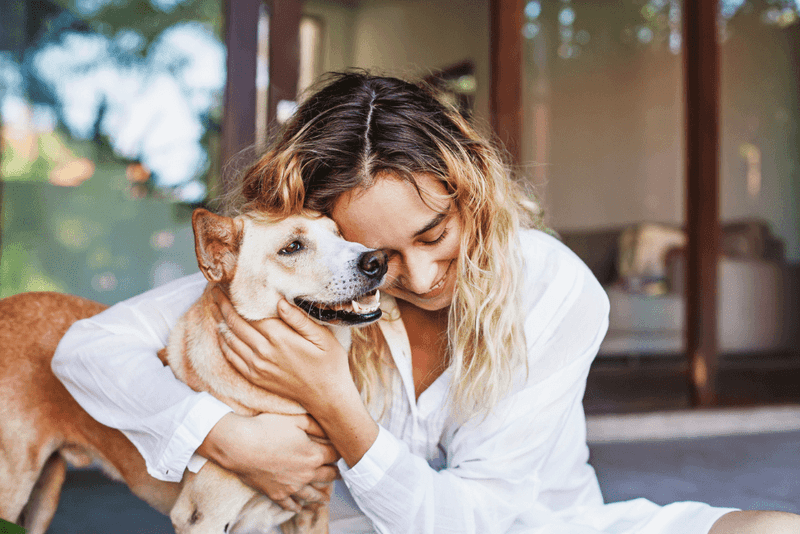
Losing a dog can evoke profound emotions, akin to losing a human loved one. You might experience sadness, guilt, or even depression. Recognize these feelings as natural parts of grief, and don’t hesitate to seek support if needed.
Engaging in self-care practices, such as journaling, meditation, or talking to friends, can provide solace. Acknowledging your emotions allows for healing and personal growth.
Grieving is a personal journey, and it’s vital to honor your feelings without judgment. Reach out for help if the burden becomes too heavy, and remember, healing takes time and patience.
13. Look Out for Grieving in Other Pets
Surviving pets may exhibit changes in behavior, such as loss of appetite or withdrawal. These signs of grief are their way of processing the loss. Offering extra love and attention during this period can aid their healing and adjustment.
Spend quality time with them, engage in comforting routines, and be patient as they navigate their emotions.
By nurturing their needs, you honor the bond they shared with their lost companion. It’s a compassionate approach that reflects your love and understanding, helping them find their way back to a sense of normalcy.
14. Inform Your Dog’s Microchip Registry
If your dog was microchipped, it’s important to notify the registry of their passing. This ensures their record is updated and prevents any confusion, such as being mistakenly flagged as lost.
Updating the microchip information is a responsible step in closing this chapter. It reflects thoroughness and care in handling your pet’s affairs.
This task is a practical part of the grieving process, allowing you to focus on memorializing your pet without lingering concerns. It provides closure and ensures all details align with the reality of your pet’s passing.
15. Don’t Rush Into Getting Another Pet
Considering another pet after a loss is a personal decision that requires careful thought. Everyone copes with grief differently; some may need weeks, months, or even longer before feeling ready. It’s essential to let the healing process unfold naturally.
Reflect on your emotions and the readiness to welcome a new furry friend. It’s a decision that should be made with clarity and peace of mind.
Resist the pressure to fill the void too quickly. Allow time for healing, and trust that when you’re ready, the perfect companion will find its way into your life. Patience ensures that your heart is open to love again.


